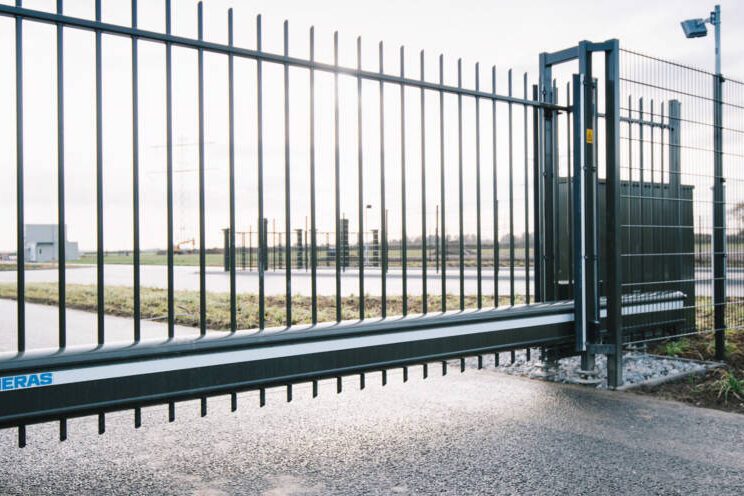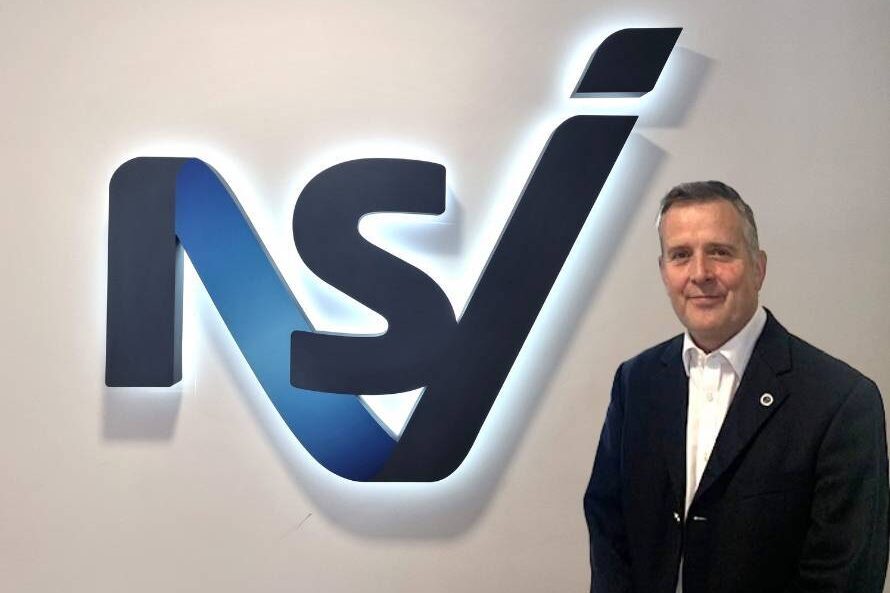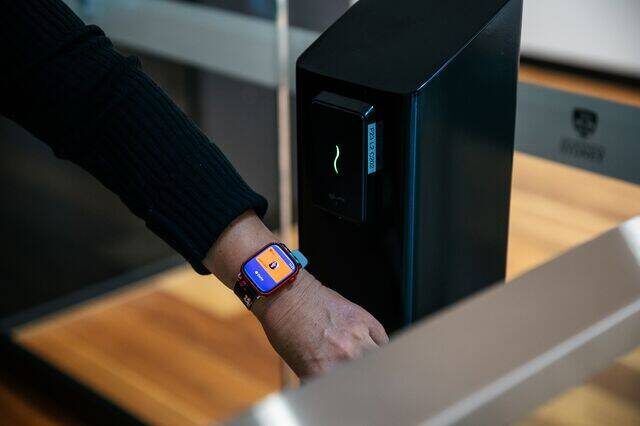Security Buyer sits down with industry experts to determine the best approach for organisations to secure their data storage, whether it be physically in a datacentre or on the edge \
Trusting your data to a third party landlord can be a significant risk. With open cages, unprotected meet rooms, and no remote surveillance, all it takes to bring down your network is an intruder plugging in a USB drive. Multilayered security solutions close security gaps by protecting physical assets with real-time monitoring and response management, eliminating both physical and cyber intrusion risks. It is the convergence of these technologies that allows data to be secure.
It’s time for CIOs and CISOs to work together. With the widespread adoption of IoT and IIoT devices, we’ve entered into a new era of hybrid attacks that blur the line between physical and cybersecurity. So how can we protect data in the physical realm and on the edge? This feature will take a look at both aspects and how important it is to tackle each challenge equally.
Multi-layered physical solutions
One of the most important aspects of security sometimes remains overlooked: the physical layer of datacentres. The actual fibre optic cables transmit this data, making it possible for millions to make financial transactions and surf the net, are not safeguarded properly in the majority of datacentres. In order to regain and keep the trust of their customers, companies are going to have to address their Layer 1 security.
Current datacentre physical security standards are not stringent enough. Datacentres today focus on digital forms of prevention, surveillance, and fortification. They routinely use encryption and firewalls as their primary forms of data protection. They may additionally require the use of virtualised private networks and personnel training on common digital scams.
Digital intrusion and detection systems include monitoring the number of service requests, the number of users with elevated rights accessing the system, the movement or extraction of large datasets, and an increase in phishing attempts.
To address the physical layer, most enterprise datacentres employ small armies of technicians, security guards, CCTV cameras, gates, and biometric readers. Some also run regular audits to determine weaknesses. The problem is the current industry standards for protecting the physical layer are often a) an afterthought and b) not enough to prevent service interruption and malicious attacks.
Uri Guterman, Head of Product & Marketing, Hanwha Techwin Europe states, “Video surveillance is a key factor to securing datacentres. Cameras are now being implemented with AI to improve efficiency, cybersecurity and sustainability. We’ve become used to seeing artificial intelligence (AI) in almost every aspect of our lives. It used to be that putting AI at work involved huge server rooms and required vast amounts of computing power and, inevitably, a significant investment in energy and IT resources. Now, more tasks are being done by devices placed across our physical world, “at the edge.” By not needing to stream raw data back to a server for analysis, AI at the edge, or “edge AI”, is set to make AI even more ubiquitous in our world. It also holds huge benefits for the video surveillance industry.”
He continued by explaining how cameras using edge AI can make a video installation more flexible and scalable, which is particularly helpful for organisations that wish to deploy a project in stages. “More AI cameras and devices can be added to the system as and when needs evolve, without the end-user having to commit to large servers with expensive GPUs and significant bandwidth from the start.
“Because video analytics is occurring at the edge (on the device) only the metadata needs to be sent across the network, and that also improves cybersecurity as there’s no sensitive data in transit for hackers to intercept. Processing is done at the edge so no raw data or video streams need to be sent over a network. As analysis is done locally on the device, edge AI eliminates delays in communicating with the cloud or a server. Responses are sped up, which means tasks like automatically focusing cameras on an event, granting access, or triggering an intruder alert, can happen in near real-time.”
Guterman finishes by stating, “Your data’s level of encryption means nothing if your entire network can be downed because of damage to the network’s critical physical infrastructure. The only way to provide true security to your datacentre is to combine cyber and physical security. When you can centrally manage surveillance, detection, and response, your customers’ data is secure.”
Unified cyber-physical protection, or UCP, secures critical infrastructure from physical attacks by addressing the major cyber-physical vulnerabilities specific to enterprise datacentre environments. UCP is a combination of best of breed hardware and software components that provide continuous surveillance and automatic inspections to cut down costs over time and eliminate errors. It is fully compliant with NIST datacentre physical security requirements.
IoT or AI driven surveillance can provide real-time data from state-of-the-art sensors in order to monitor, identify and prevent major outages due to physical disruption or tampering for both inside and outside plant environments. These new technologies are sophisticated enough to discern false alarms and provide real-time analysis of the severity of any intrusion through a real-time dashboard that’s remotely accessible…
To read the full feature, see our latest issue here.
Never miss a story… Follow us on:
![]() Security Buyer
Security Buyer
![]() @SecurityBuyer
@SecurityBuyer
![]() @Secbuyer
@Secbuyer
Media Contact
Rebecca Morpeth Spayne,
Editor, Security Portfolio
Tel: +44 (0) 1622 823 922
Email: editor@securitybuyer.com









